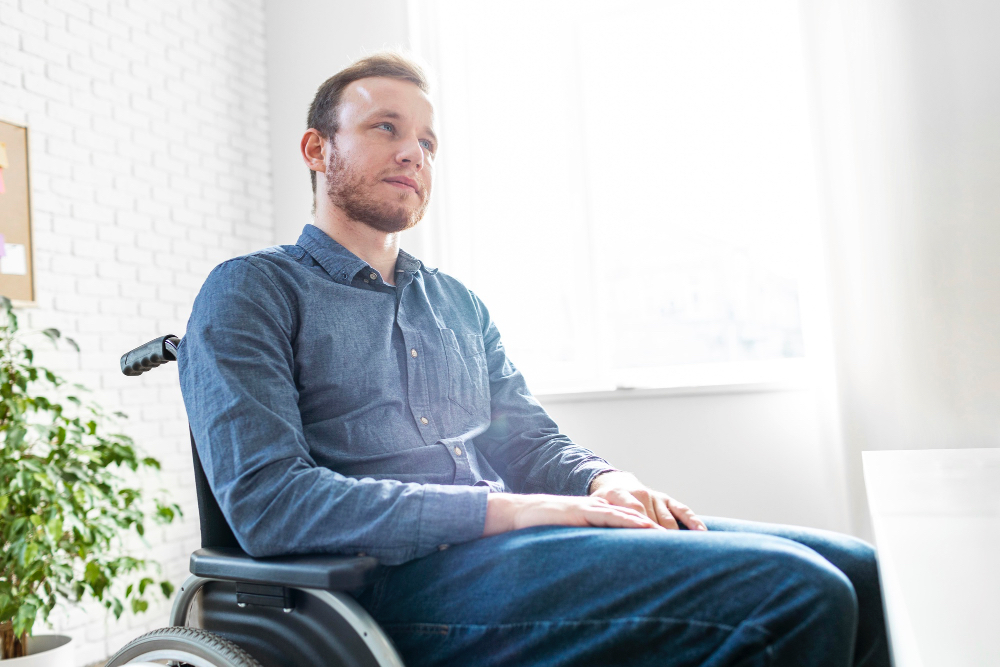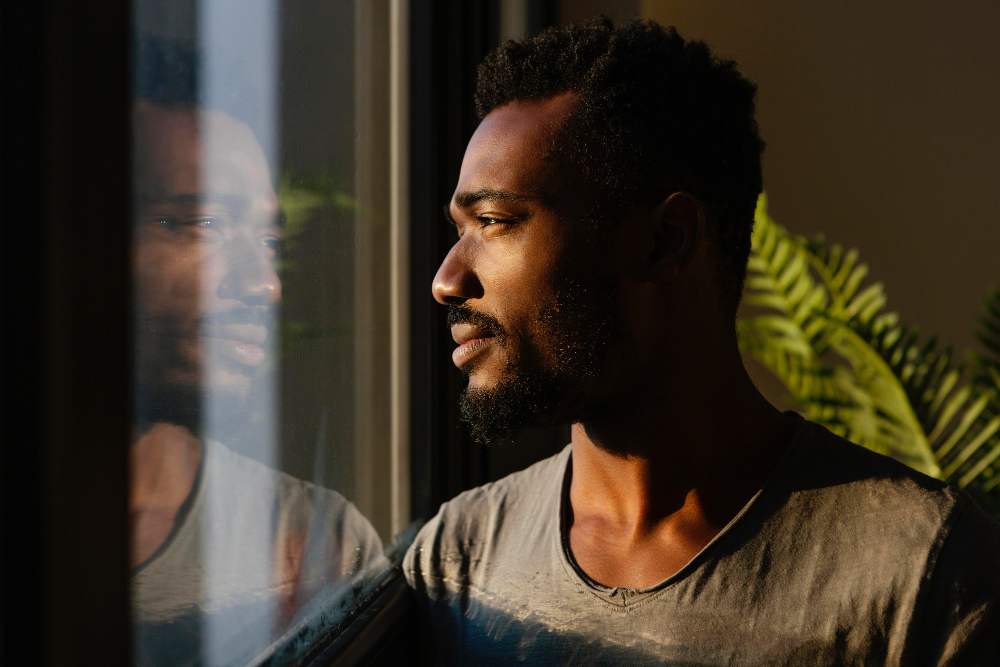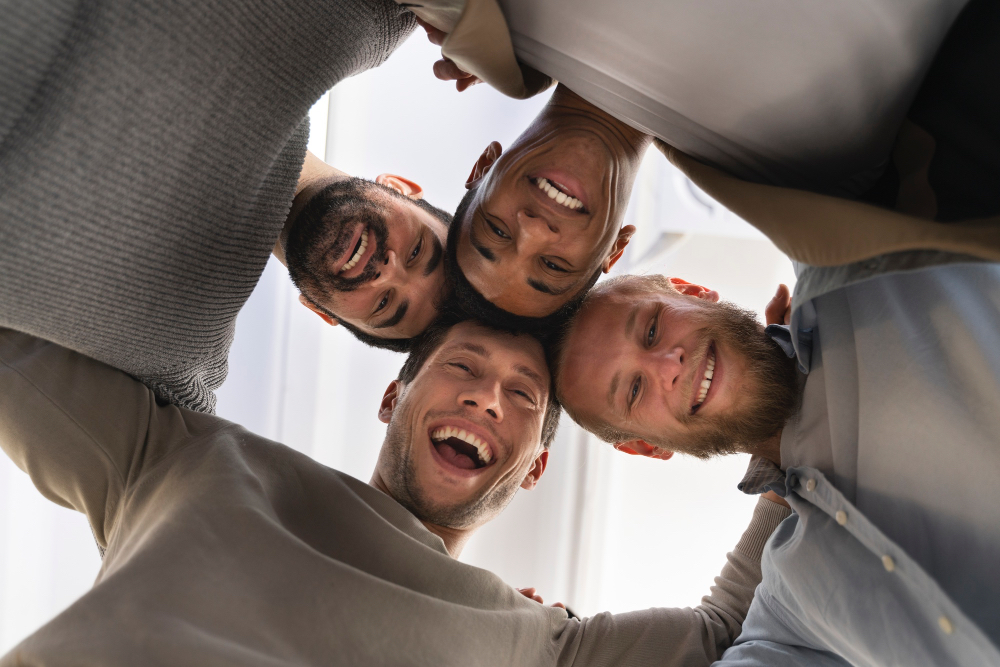For many gay men, the act of “masking” is so woven into daily life that it often goes unnoticed—even by those doing it. Masking refers to the subtle, often unconscious, ways we alter or suppress parts of ourselves to feel safer in a world that doesn’t always accept us. It might look like changing how we speak, avoiding affectionate language when talking about a partner, sidestepping questions about personal life at work, or trying to present ourselves in ways that feel more socially “neutral.” It can start as a way to stay safe, to navigate environments that feel hostile or uncertain. But over time, what begins as a protective strategy can become a source of deep psychological strain.
The toll of masking builds slowly. When you constantly monitor how you show up in the world, you start to lose touch with the parts of yourself that have been pushed down. Many gay men describe feeling anxious or emotionally exhausted after social interactions, not because anything overtly bad happened, but because they spent the whole time filtering their thoughts, posture, voice, or reactions. There’s a lingering sense of disconnection—from self and from others. Over time, this can contribute to feelings of loneliness, depression, and a lack of belonging. And even in LGBTQ+ spaces, the pressure to conform doesn’t necessarily disappear. Expectations around masculinity, attractiveness, or success can create new kinds of masks to wear.
For those who live at the intersection of multiple marginalized identities, the weight of masking can be even heavier. A gay man of color might not only feel pressure to “straighten up” in certain situations, but also to navigate the racism embedded in both mainstream and queer communities. An immigrant may struggle to balance cultural norms from home with the demands of fitting into white, Western gay spaces. A trans gay man might feel compelled to downplay parts of his identity to feel accepted, even within the queer community. This is where the concept of intersectionality becomes vital: when different aspects of identity collide—race, gender, class, ability, immigration status, body size—they can compound the stress and create even fewer places to fully exhale and be real.
This kind of chronic tension is what researchers call minority stress. It’s not just about big, dramatic acts of discrimination—it’s about the daily microaggressions, the second-guessing, the need to come out over and over, the fear that being fully seen might also mean being judged or rejected. Masking becomes a way to manage this stress, but it often reinforces the very isolation it’s trying to prevent. We may end up with polished social versions of ourselves that look fine from the outside but feel hollow on the inside.
Unmasking, for many gay men, is not a one-time event—it’s a lifelong process of returning to the self. It often starts with awareness: noticing when we’re performing and why. It deepens when we find relationships and spaces where we feel safe enough to let our guard down. It grows through self-compassion, as we recognize that masking wasn’t a flaw—it was an adaptation, a way to survive. And over time, with the right support, it becomes possible to feel more authentic in our lives—not just in private moments, but in the broader world, too.
Masking may have helped us get by, but we all deserve more than survival. We deserve connection, safety, and the freedom to be known fully. As we learn to recognize and release the masks we’ve worn, we make space for something more honest and whole to emerge. And that, in itself, is healing.




